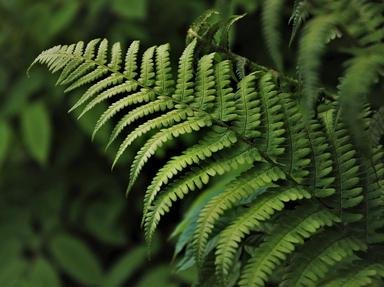
October Rust Trivia Quiz
In autumn, Mother Nature provides us with a rich palette of tree colours, ranging from rusty brown to auburn and golden yellow, painting the landscape in a breathtaking tapestry of hues. But beware: Not all trees change colour.
A collection quiz
by wellenbrecher.
Estimated time: 3 mins.
- Home
- »
- Quizzes
- »
- Science Trivia
- »
- Botany